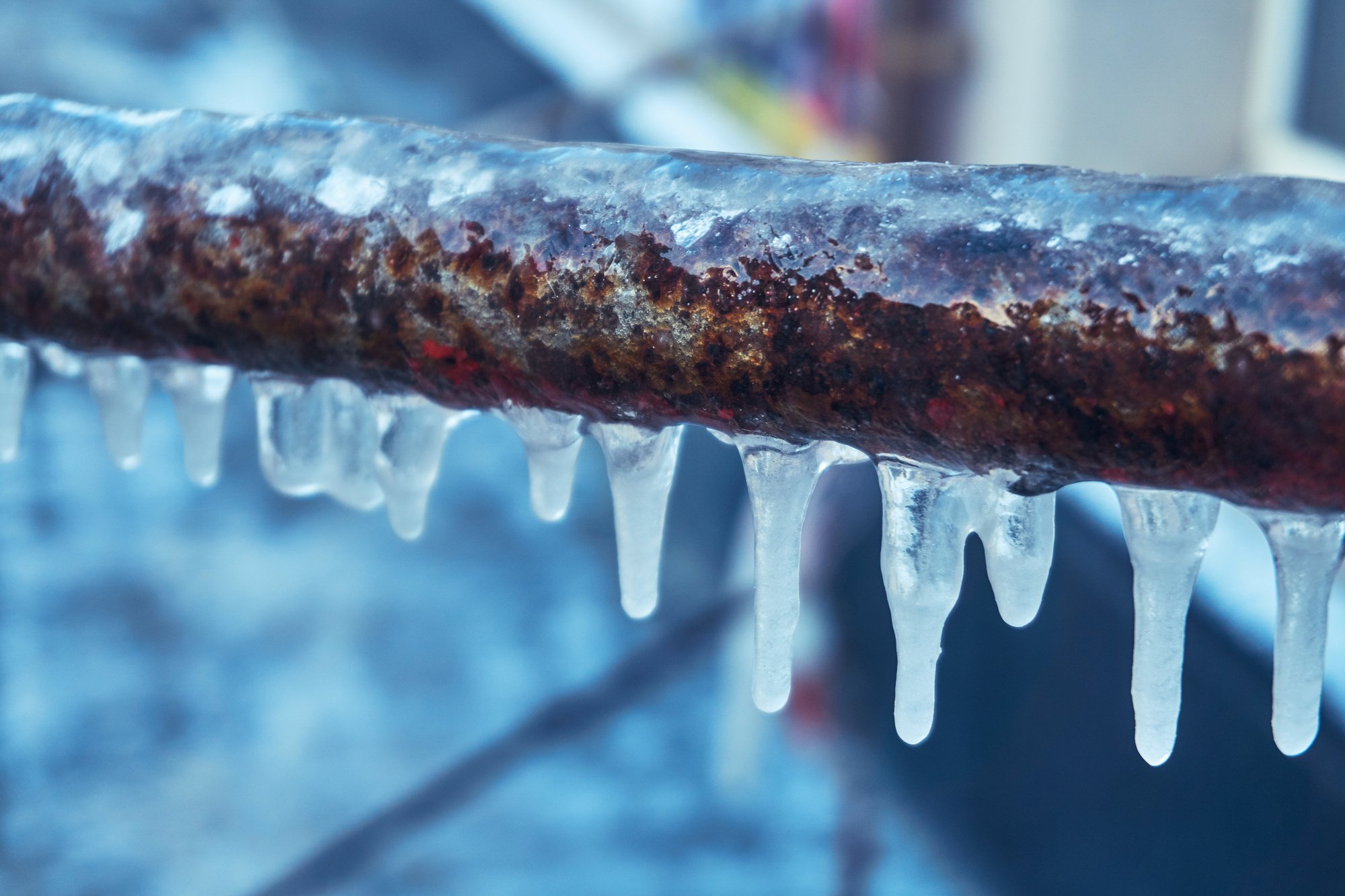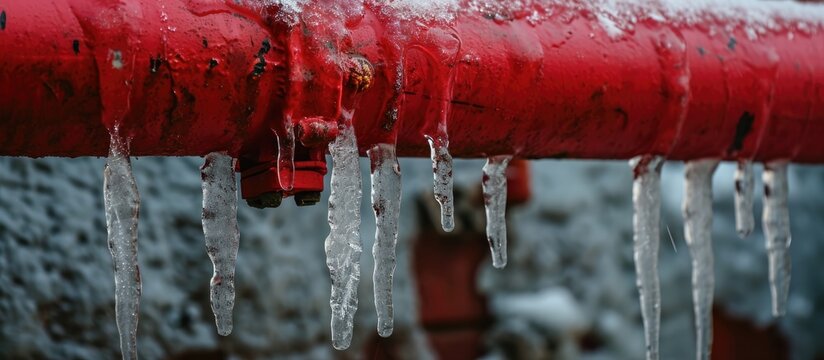Just how do you feel in relation to Preventing and dealing with frozen pipes?

Cold weather can damage your plumbing, specifically by freezing pipes. Below's just how to prevent it from occurring and what to do if it does.
Intro
As temperatures drop, the danger of icy pipelines increases, potentially causing expensive repair services and water damages. Understanding just how to stop icy pipelines is vital for homeowners in cool climates.
Understanding Icy Pipelines
What triggers pipelines to freeze?
Pipes ice up when subjected to temperatures listed below 32 ° F (0 ° C) for expanded durations. As water inside the pipes ices up, it broadens, taxing the pipe wall surfaces and potentially creating them to burst.
Threats and damages
Frozen pipelines can cause water system disturbances, property damages, and expensive repair services. Burst pipelines can flooding homes and trigger considerable architectural damages.
Signs of Frozen Piping
Identifying icy pipes early can stop them from rupturing.
Exactly how to identify icy pipes
Try to find decreased water circulation from faucets, uncommon odors or sounds from pipes, and noticeable frost on revealed pipes.
Prevention Tips
Insulating at risk pipes
Wrap pipes in insulation sleeves or make use of warmth tape to secure them from freezing temperature levels. Concentrate on pipelines in unheated or exterior areas of the home.
Heating techniques
Maintain indoor spaces properly heated up, specifically areas with plumbing. Open up cabinet doors to permit cozy air to circulate around pipelines under sinks.
Securing Exterior Plumbing
Garden pipes and outside taps
Detach and drain pipes garden hoses prior to winter season. Install frost-proof faucets or cover outdoor taps with insulated caps.
What to Do If Your Pipelines Freeze
Immediate actions to take
If you suspect frozen pipelines, maintain taps available to alleviate pressure as the ice melts. Use a hairdryer or towels taken in hot water to thaw pipelines slowly.
Long-Term Solutions
Structural adjustments
Consider rerouting pipes away from exterior wall surfaces or unheated areas. Add added insulation to attic rooms, basements, and crawl spaces.
Updating insulation
Buy premium insulation for pipelines, attic rooms, and walls. Proper insulation assists keep regular temperature levels and minimizes the risk of icy pipes.
Conclusion
Protecting against frozen pipelines requires aggressive procedures and quick responses. By understanding the reasons, signs, and preventive measures, home owners can protect their plumbing throughout cold weather.
5 Ways to Prevent Frozen Pipes
Drain Outdoor Faucets and Disconnect Hoses
First, close the shut-off valve that controls the flow of water in the pipe to your outdoor faucet. Then, head outside to disconnect and drain your hose and open the outdoor faucet to allow the water to completely drain out of the line. Turn off the faucet when done. Finally, head back to the shut-off valve and drain the remaining water inside the pipe into a bucket or container. Additionally, if you have a home irrigation system, you should consider hiring an expert to clear the system of water each year.
Insulate Pipes
One of the best and most cost-effective methods for preventing frozen water pipes is to wrap your pipes with insulation. This is especially important for areas in your home that aren’t exposed to heat, such as an attic. We suggest using foam sleeves, which can typically be found at your local hardware store.
Keep Heat Running at 65
Your pipes are located inside your walls, and the temperature there is much colder than the rest of the house. To prevent your pipes from freezing, The Insurance Information Institute suggests that you keep your home heated to at least 65 degrees, even when traveling. You may want to invest in smart devices that can keep an eye on the temperature in your home while you’re away.
Leave Water Dripping
Moving water — even a small trickle — can prevent ice from forming inside your pipes. When freezing temps are imminent, start a drip of water from all faucets that serve exposed pipes. Leaving a few faucets running will also help relieve pressure inside the pipes and help prevent a rupture if the water inside freezes.
Open Cupboard Doors
Warm your kitchen and bathroom pipes by opening cupboards and vanities. You should also leave your interior doors ajar to help warm air circulate evenly throughout your home.

Hopefully you enjoyed reading our piece about 6 Ways to Prevent Frozen Pipes. Thanks a lot for taking time to browse our content. Remember to take the opportunity to share this blog if you liked it. Thanks for taking the time to read it.
About